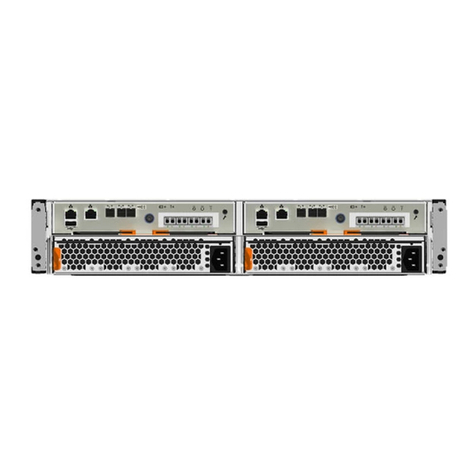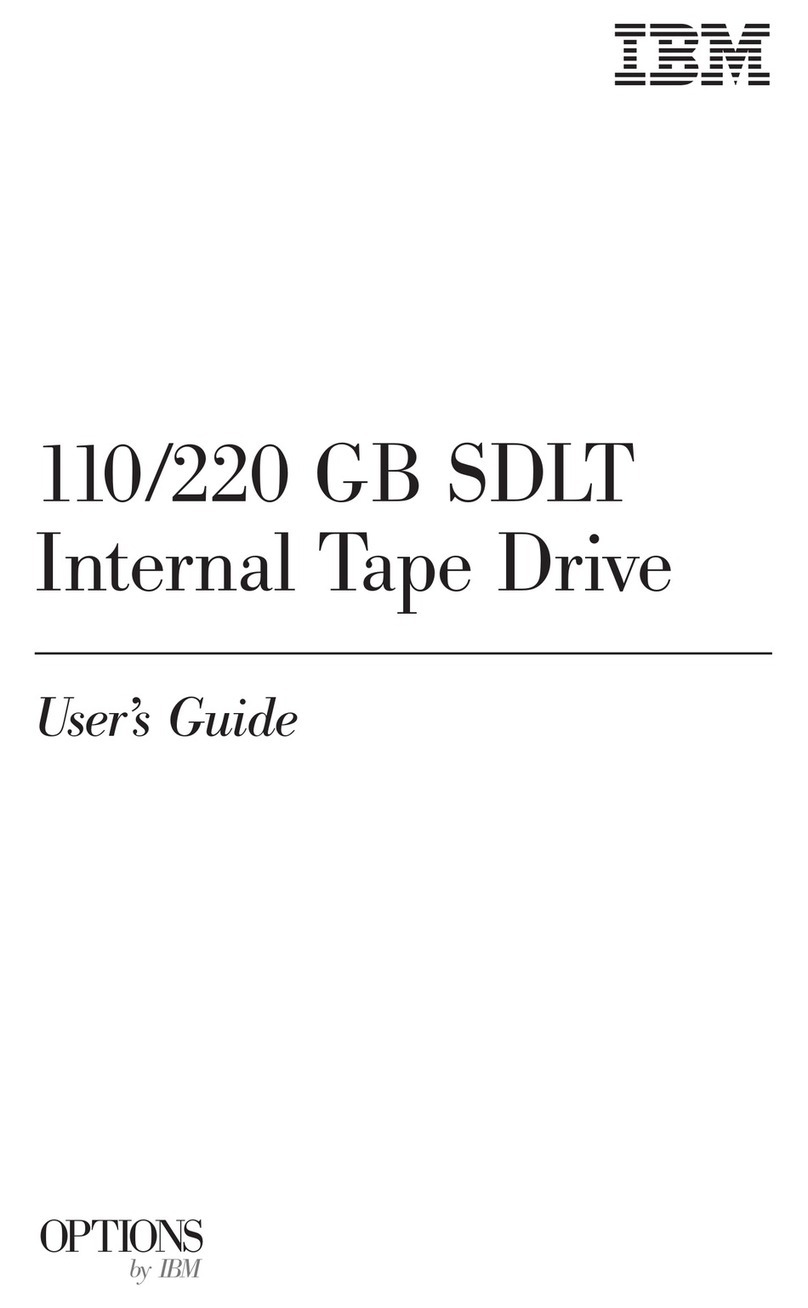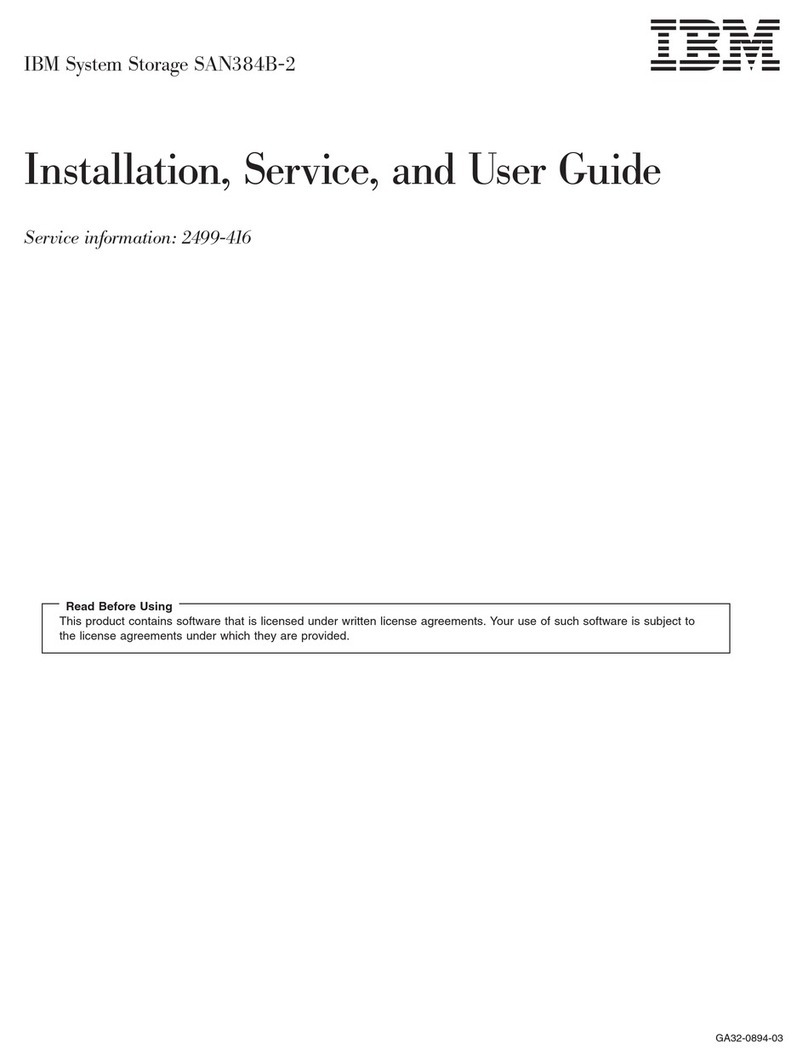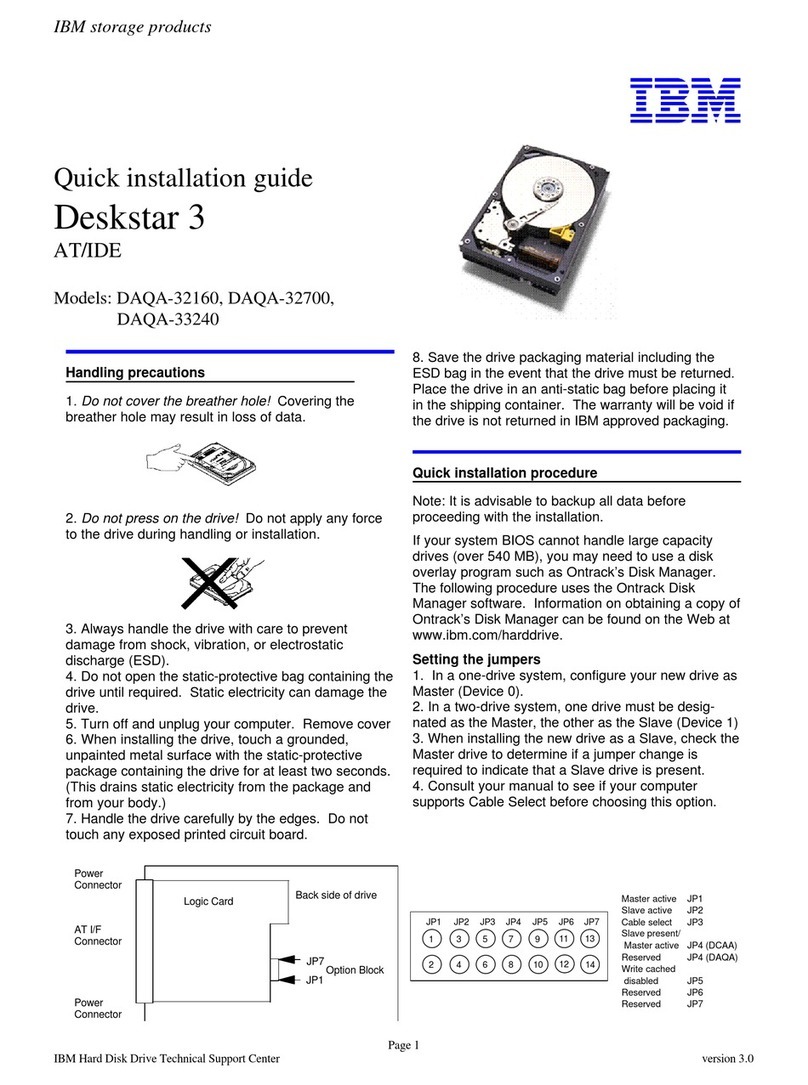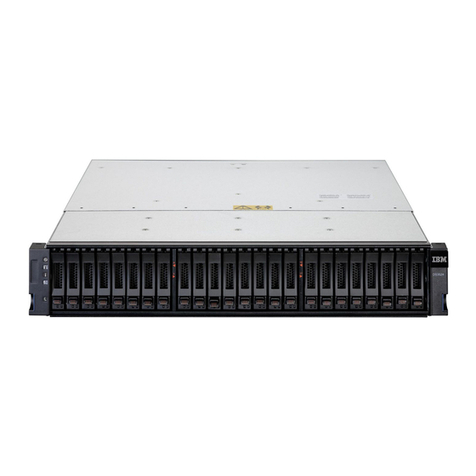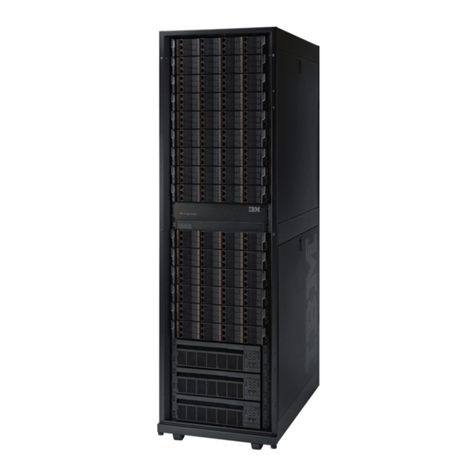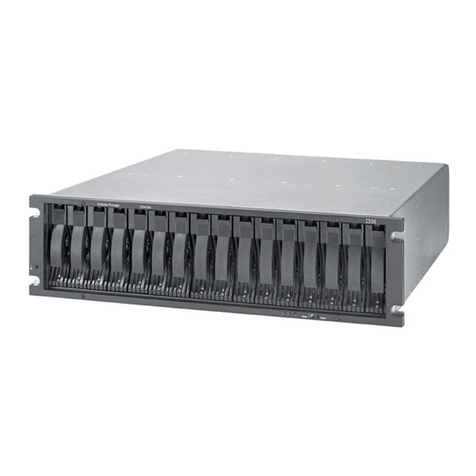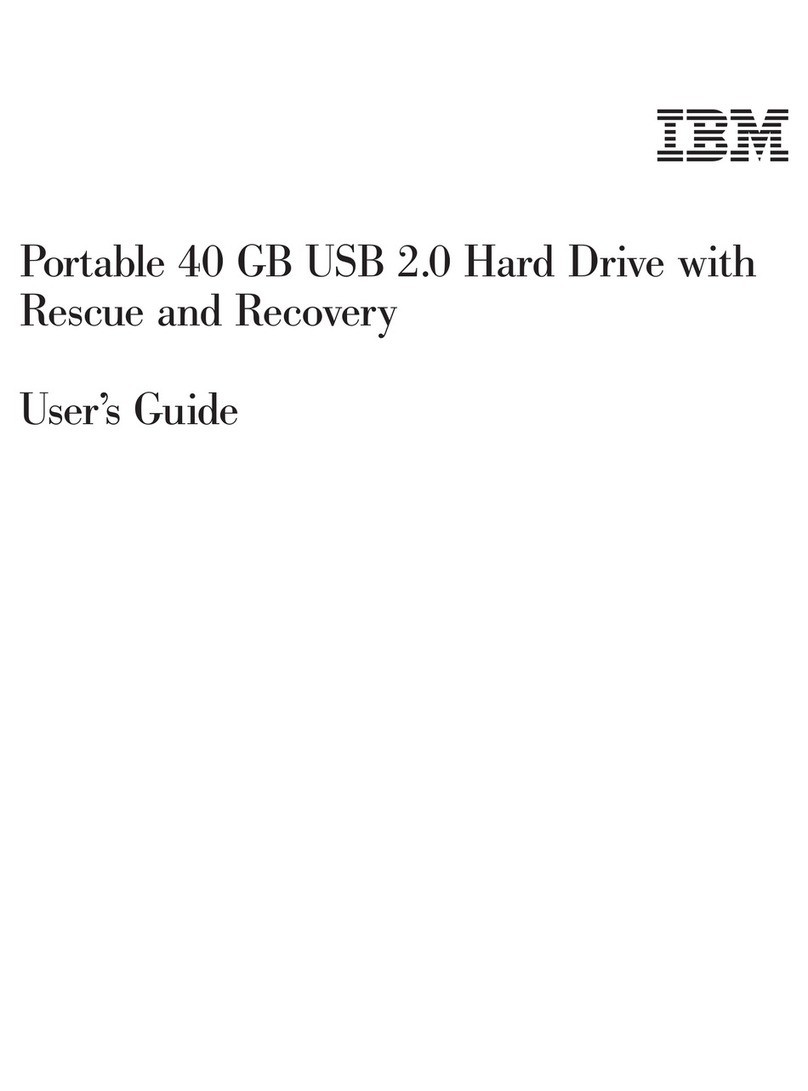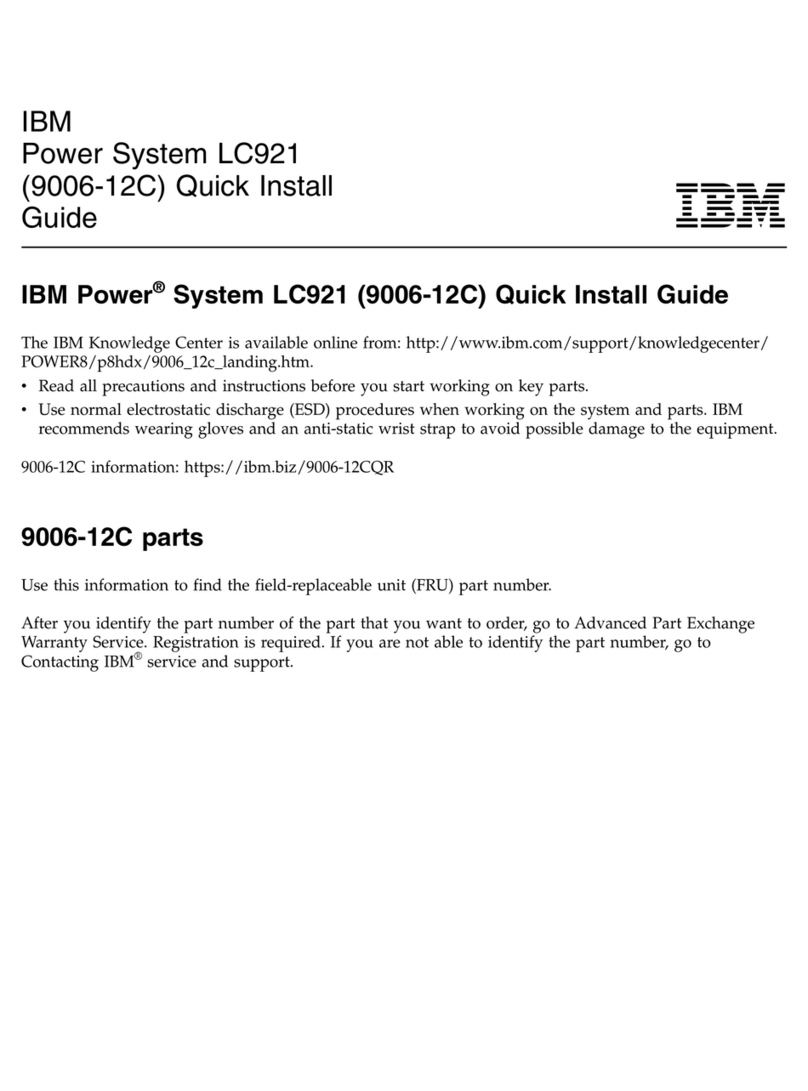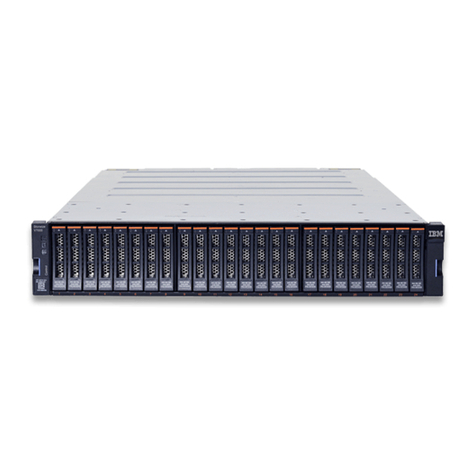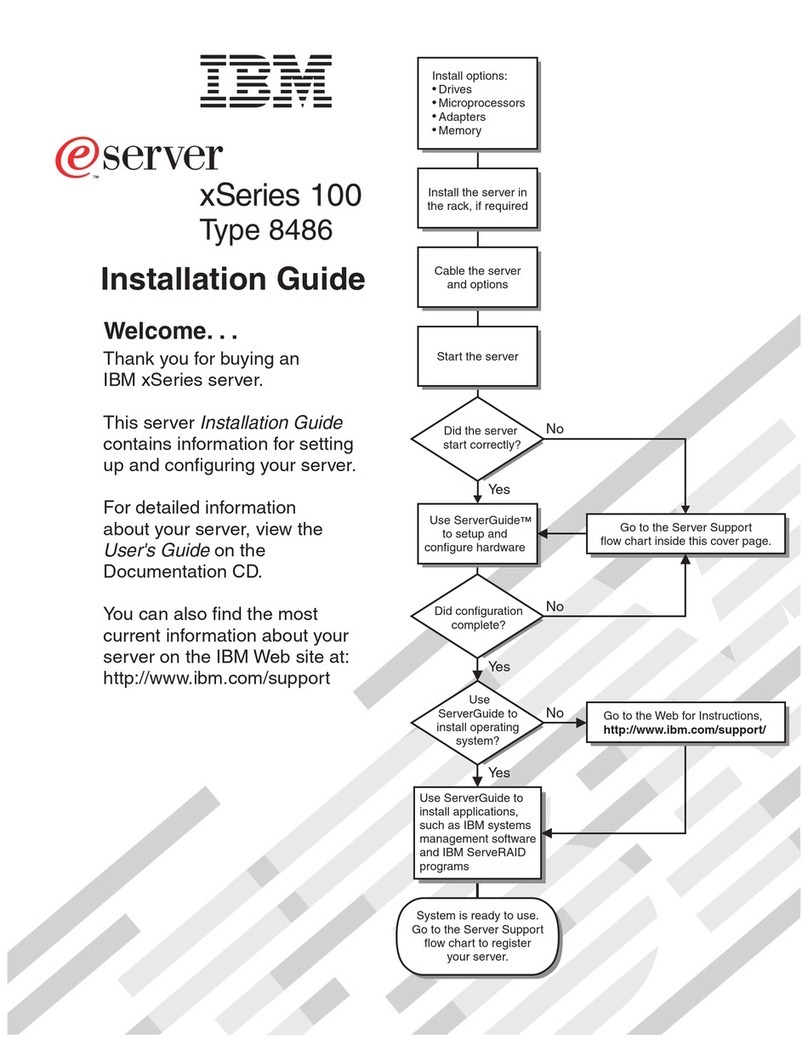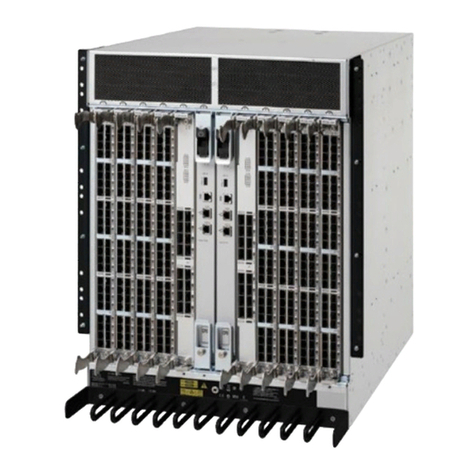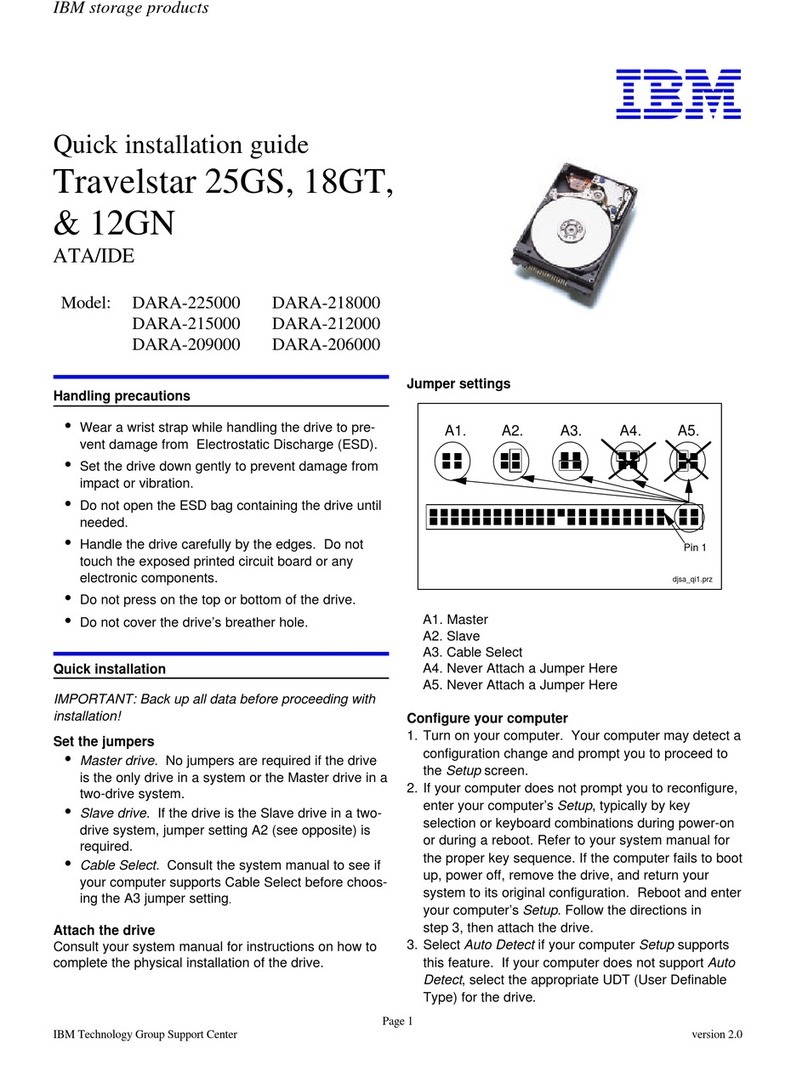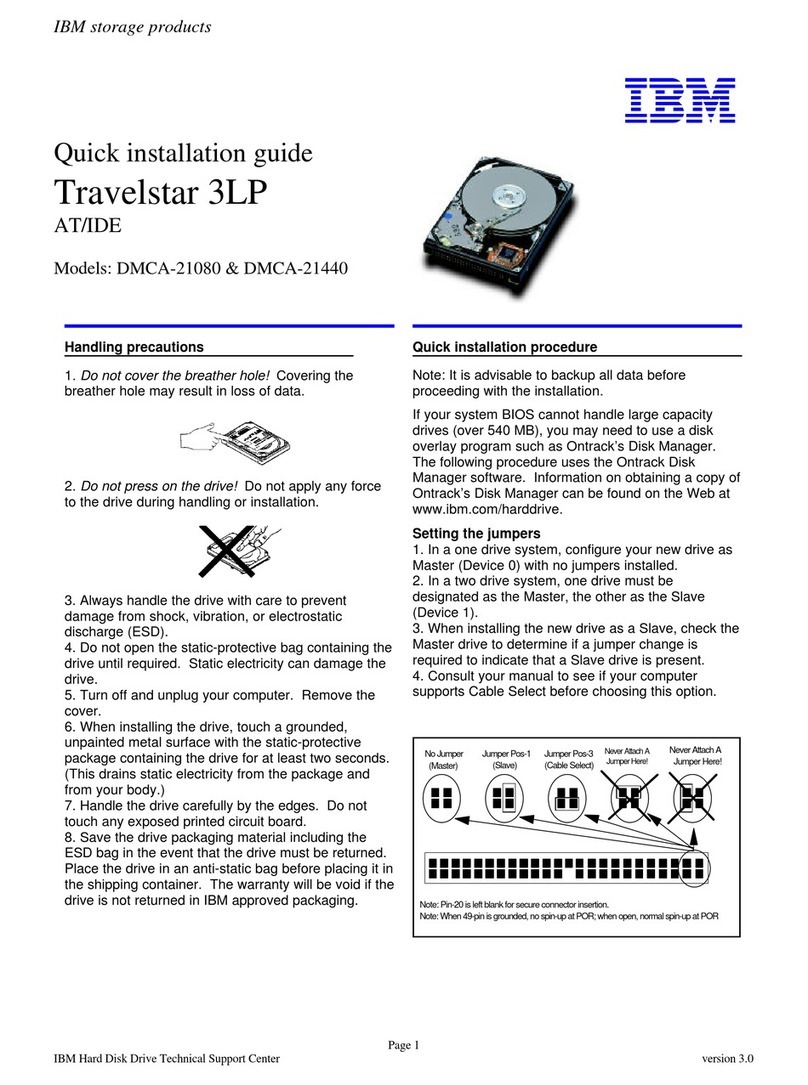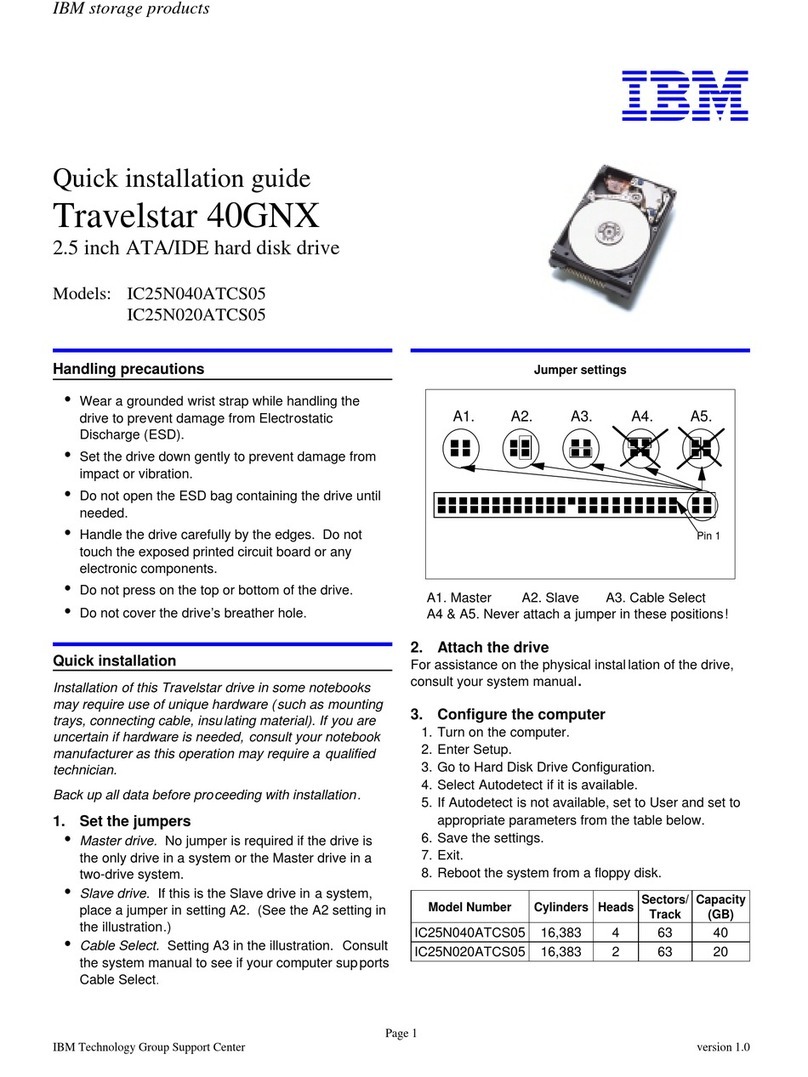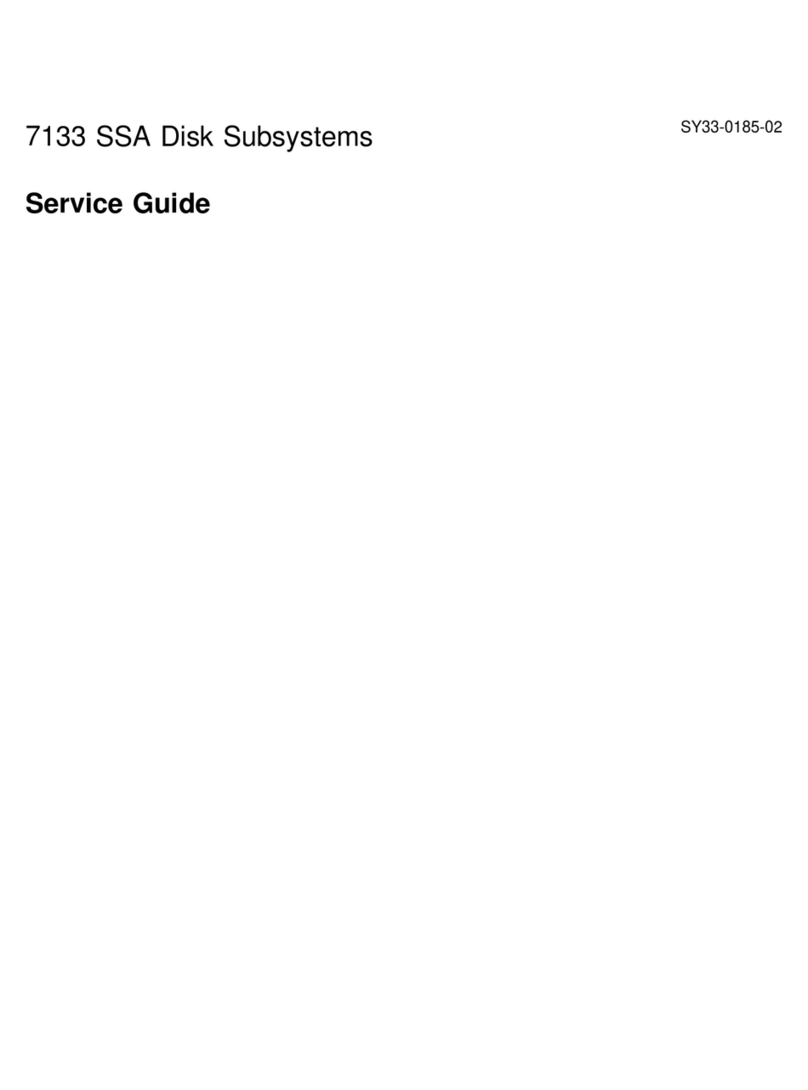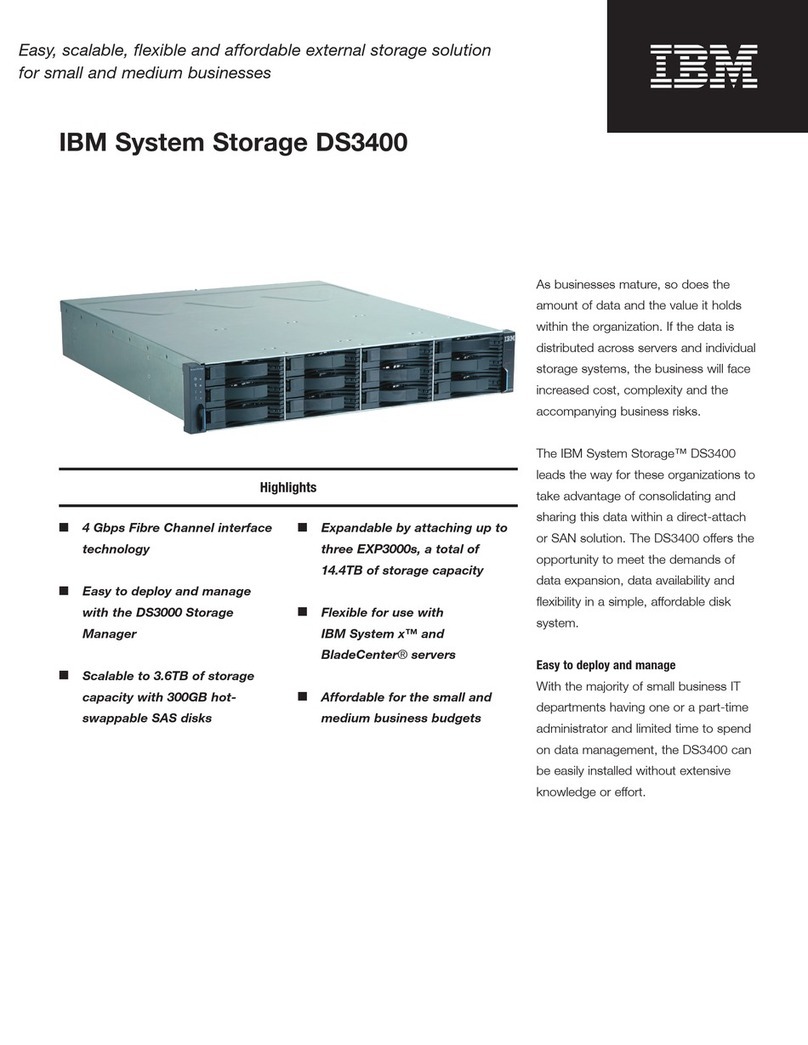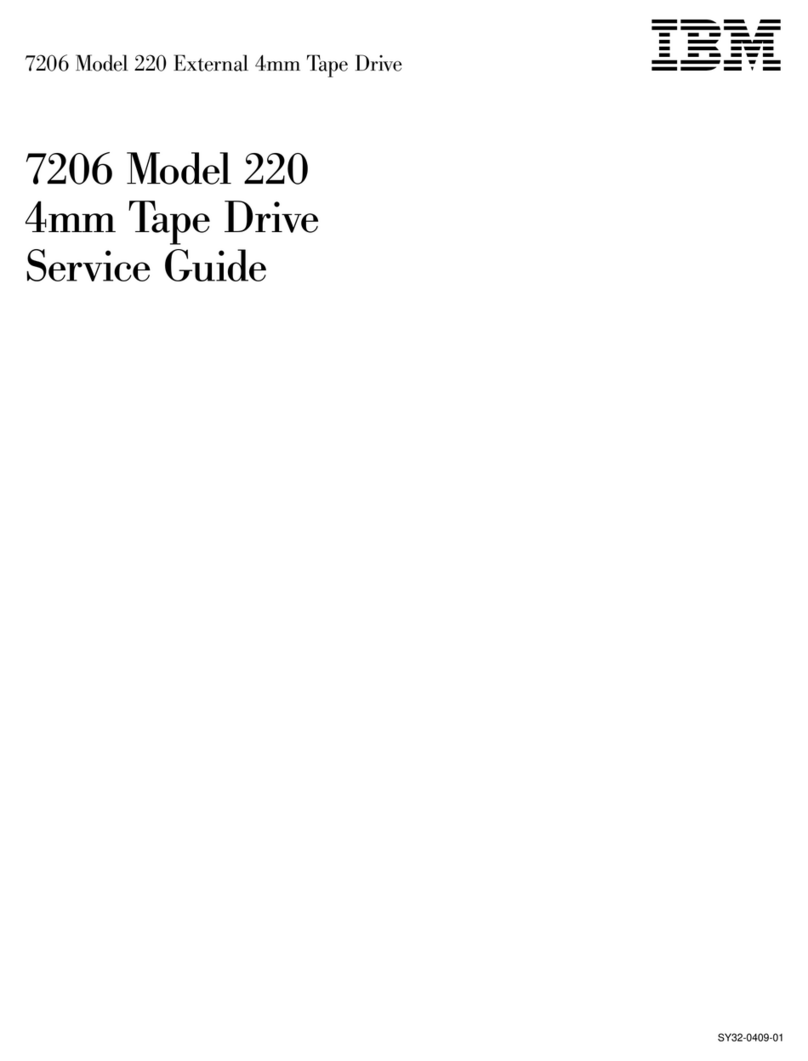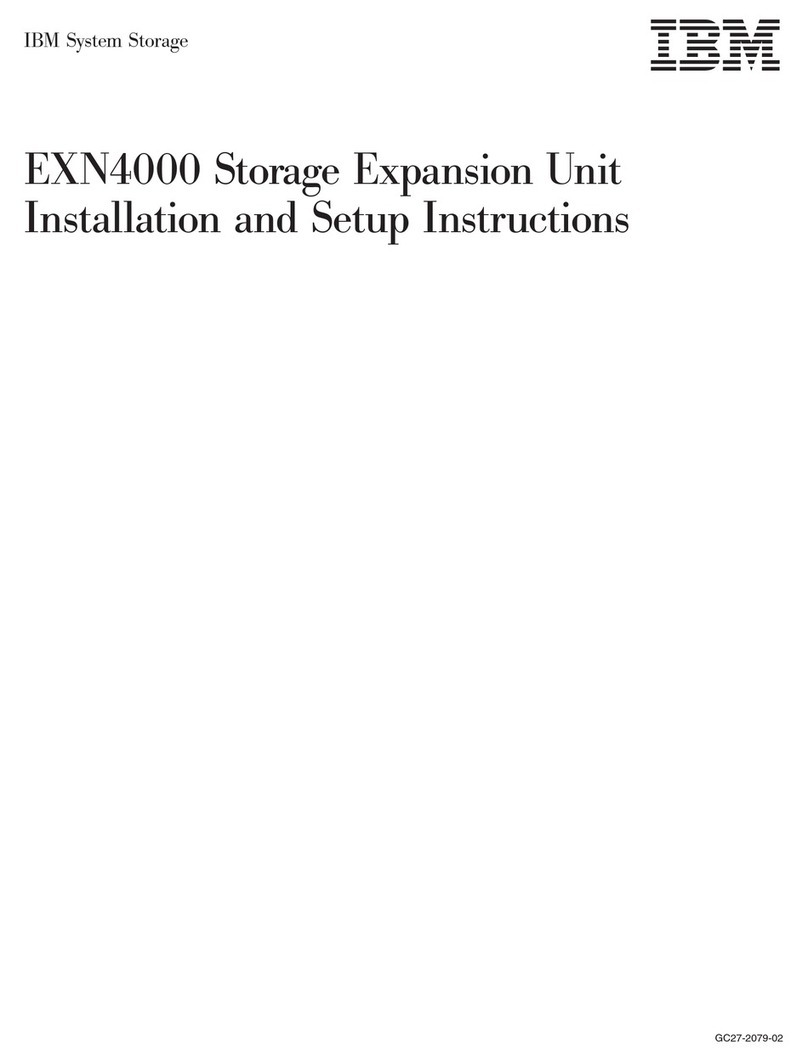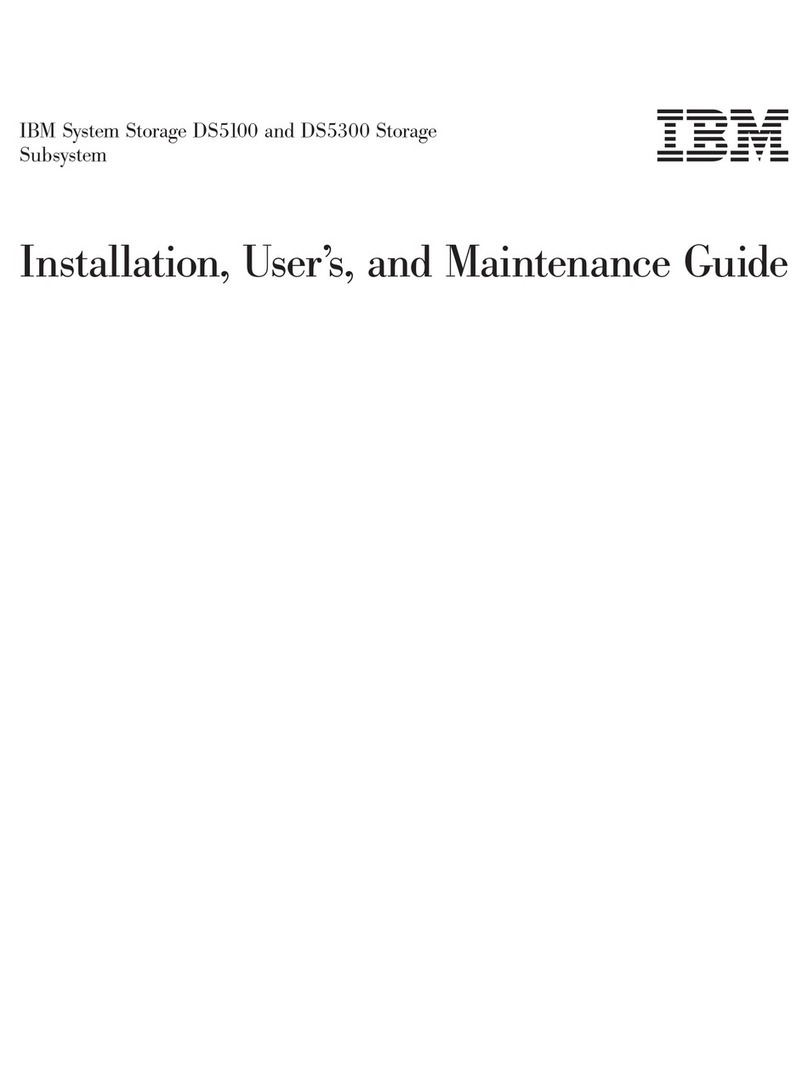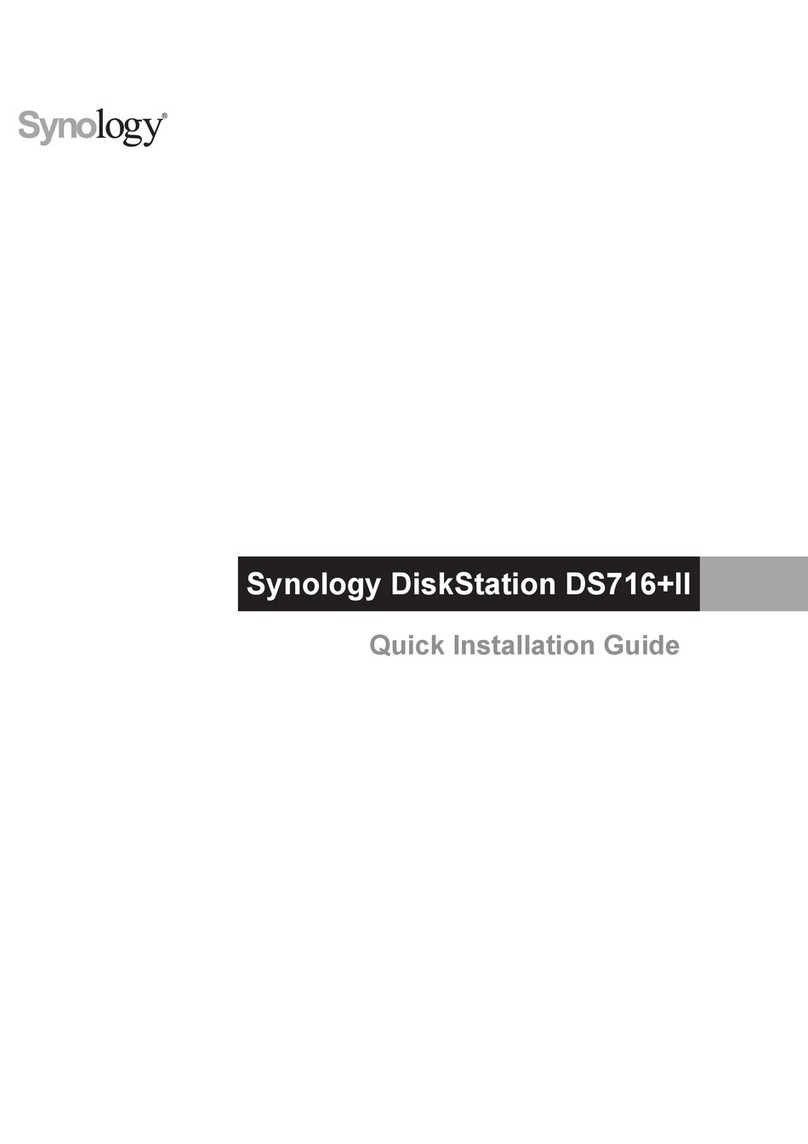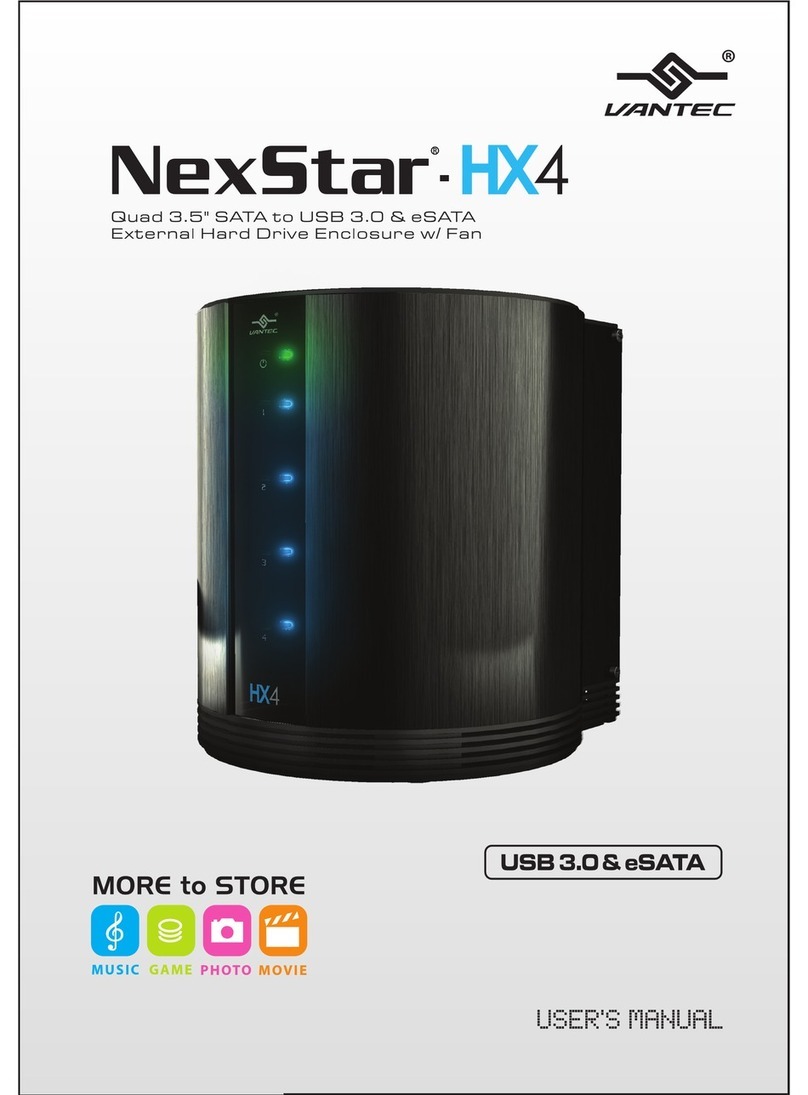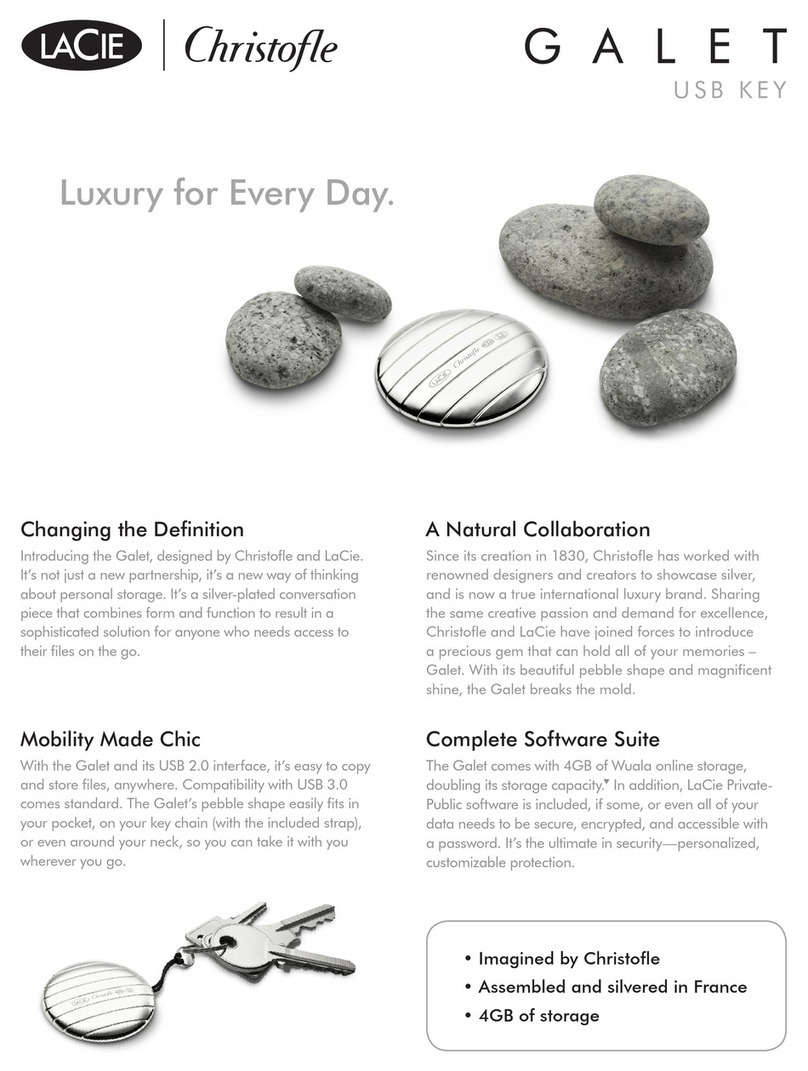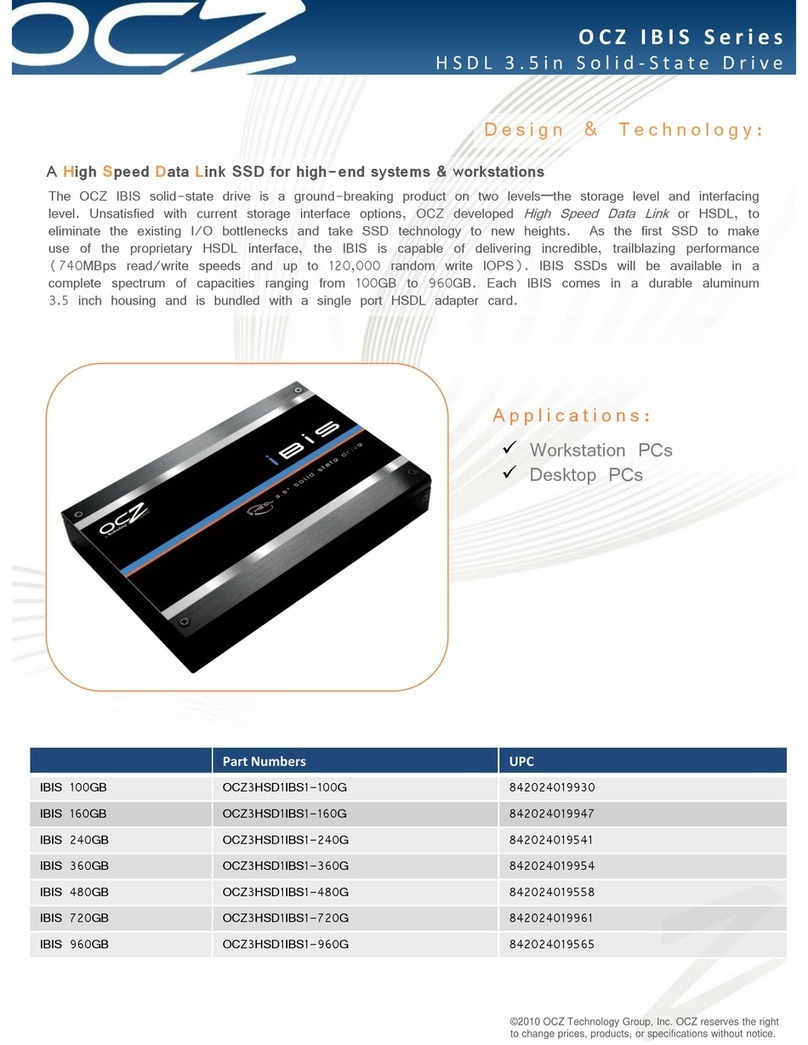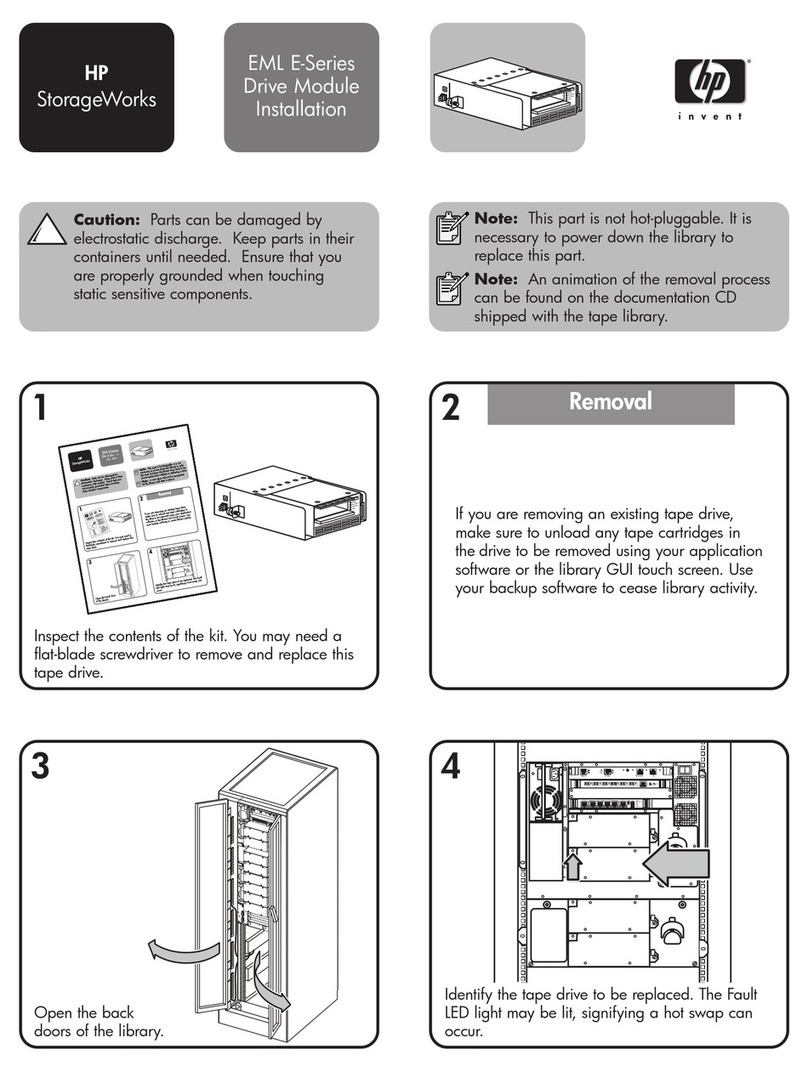P:rgc
ol'
(i, \iifr-lo t
(,-l
Rcviscd l\4rr1,
26. l()7(r
Uv I-Nt,: (lNl6-0l2l.i
IBM 3348
DATAMODULIE
DATAn*TODULE
TYPES
'fhe 3340nroclelsuscrthc IBM 334uDataN,lodulc
asrr
storagcmerJiurn.
-f
hreetypcs
areavoililble:
the334lJ
Modcl 35 with aborrt35 million
bytesof storaqe"the
33411
Moclcl
70 with about
70 milliorrt'ryies
ol'storage.
anclthe
334l;i
Model
70Frvith
about
70 rrrillion
bytes
including
one-halfmillionhytes
undcrifixu-d
hcads.
'fhe Moclt:ls
35ancl
70canbefrccly
t:xchangecl
()n
the
-l3rtOclrivcs.but therNlclclel
7()[r
canuscitsl'ixedheacls
()nlv
on 3-1,10clrivesthatl.ravebeen
convcrtcdI'or
Moclel
70F rr-se
'Ihe 334tJ-lr0Fdatanrotlulehas
tl.resanrc
char:lcteris-
tir:sasthe
3341{-70cxceptthat
r-:f
iinderrs
I thror-rgh
-5
arcacccsscdby theI'ixedheads.[)ata
r.rn
tracksuncier
thcI'ixedheacisisar,'ailablcwith onlyrotational
delay.
-fl.rc
othcr
tracks
(cylinders
0 antl{itlrr,rugh
695) are
suhje
ct to norrnnl
lreaclaccess
cle
lays.
Thcthrcerlata
tii:s:
Bytc
Captcitv
Pr:rimck
Pere
vlinder
Pcrrtt,lilul,:
nroduleshavelbe
follt;vrins
charactcris-
DATA I\T0DUI-T]
INITI ALIZATIII)N
All l34l{ datarlorlrrlcsarciniliiilizerlwlr,.lr
nt:rnulac-
trrrcil.llornc aclclressanrl
l{-bvte
clcscri;rLors
(R0) lrrc
wriItcrron
crrchtrack.If l skipplhlcrl,.'lr:ct
i:i
fourrrl.
tlrc
q'rrttt'n
lrontc
atlclrcssconlainstlrcrtkinrlisplace-
lrcnt hvtc\. [)trrirtgn0rnral
()pcrllti(\ns
tl]e
sl,{)ra!_Ic
conlrolusesthcskip
displacenrelttbr.'tc's1obypass
llrc
dcicctivc
arca.
Il'a mcrduledata
areabccomesdefectivecluringnormal
usc,
IBN'l
utility
progranrs
areavailableto flag
dcfcc-
tivctracksandassignalicrnates
if required
(DASDI
andAII-AS for OSandAL'IDK for DOS).
DATAST-JRFACEFORMAT
Thc diskdatasurfaceis
dividecl
intoconcentricbands
of clata
calledtracks
(see
Figure4). [,ach
datirsurface
usestwo rnagnetic
lcad/wr-iteheads.onefor theinsicle
irac:ksancl
onel'orthe clutsictretracks. 'Ihc rercording
surlacco1the
disk
is
clivicled
in hall'.All oddnum-
bcrecl
l.r;rcksareon onesideol'thedivitlingIinc
andall
evern
nunrhere,-'l
trircksareon the o1her.The odd inclex
point
starts
theocldtrac:ksanclthecvenindexstarts
tire
evcn. When
thc lreaclsareat agivenpositior.r,
they
scrvicefour tracks: oneodd,
one:
even,oneinsicle.and
oneotrtsiclc.
In the334lJ-35tl:rtanr<ldulcthetracksunclcrthethree
outside
heirdsanclthoseunderthethreeinsicleheads
form acylinder.All oddnumberrcdtracks
areonone
sideof thethree
disksarrcltheeven
tracks
on theother
sidc. In asingledriverevolutioneachht:aclcoverstw<r
tracks;one
ocld.andoneeven. All cylindersare
consecrrtivelynumberedlor a total
of 34it.
I'hi:
-1341{-70
datarnodulccontair.rsfour
cltsks.J'he
track
gcomctry
isthcsamcasthatof thesmaller
data
rnoclulcwith a
cvlindcrirvailablcatcach
position.
Oclcl
numhcred
cylinclersareon thc uppcrthrcesurfaccs
anclthc
cven
c5,lindersareon thc
lower
threc. Fronra
single
position
lwo consecutivc
(cven
andodci)
cyliudcrs
canhc accesscd
1sec
F'igure
5).
The'dii'fcrcricers
he
l-wccnthcstoragcmcdiauscdon thc
3340
cluta
st()ritge
unitsfollow:
3348-35 3348-70/70t,
Da(lr
Surfaccs
perMcidr"rle 3 (r
2
69(r
2
2
2
t2
24
l2
1
PhvsicallleadsnerSurlacc 2
:r348-3s
ii,36l(
l(X).4l(r
-''il.9d4.7()ll
3348--70/70F
I,368
l(x).416
6').tt39.5
3
()
l,.ogicuiCylindr:rs
pcr
Altrrrrate
Ci;
l.ogrcalf-'1,1inclcrs
pcr
Phvsic:lrl
L-ylindt:r
Physicrii'l'r;rcks
pcr
Plr-vsic:al
Cylincler
l.ogic:rl
-['rai:ks
per
I'hYsical
(--)'Iinder
|.ogicrlIracks
pcr
I ogical
(lvlintlcr
L.ogicntlrack pe
r
Physical
'l
raek
Mocltrle :348
I
I
I
t)
l2
l2
1
(t llJNll"t-ll:)/-l.iltclclcnce Nlanrr;rl



